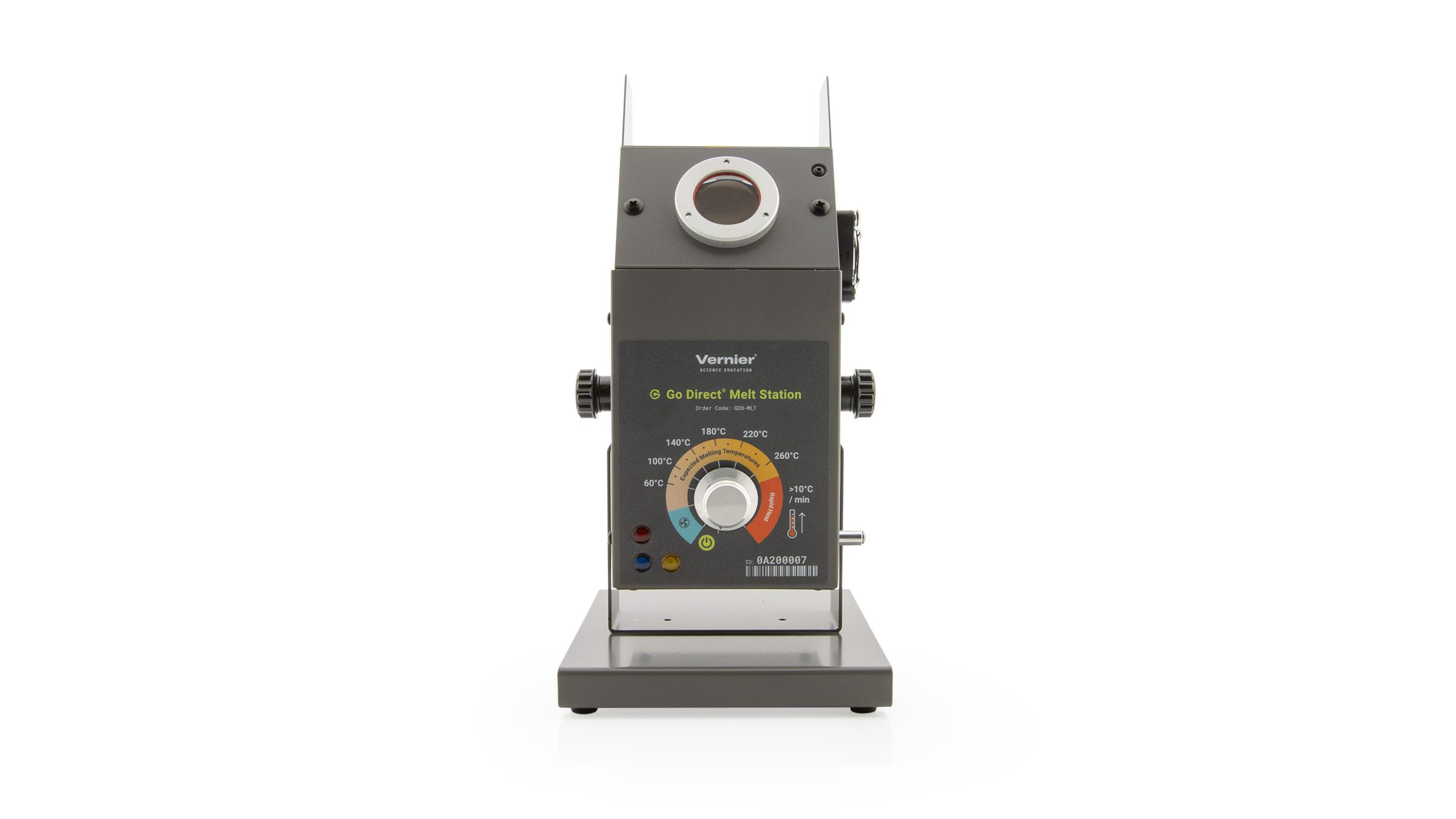Investigating the Components of a Commercial Tablet
Experiment #9 from Vernier Chemistry Investigations for Use with AP* Chemistry
- Education Level
- High School
- Subject
- Chemistry
Introduction
Over-the-counter pain medications can be tricky to formulate into tablets because there are contradictory goals. First, the tablets should not chip or break apart when stored in a bottle with other tablets. Second, the tablets should fall apart easily when a person chews or swallows them.
In the scenario for this investigation, you are a formulations chemist working for a pharmaceutical company. Your company has received numerous complaints about one of your products—a pain medication tablet that is a simple combination of acetaminophen and sucrose. The sucrose is added as a binder. Customers have opened bottles of the product to find most of the tablets chipped and cracked. The team in charge of production has presented your group with two theories for the chipping problem.
- The tablet formula, which should be 85% acetaminophen and 15% sucrose, by mass, is incorrect. This makes the binding properties weak and therefore parts of the tablet chip off when struck by other tablets in a bottle.
- The acetaminophen has been contaminated with a small amount of aspirin, and the aspirin is causing the tablets to chip and crack.
Objectives
The objective of this investigation is to determine a plausible explanation for the problem of the chipped and cracked tablets.
Sensors and Equipment
This experiment features the following sensors and equipment. Additional equipment may be required.
Option 1

Option 2

Ready to Experiment?
Ask an Expert
Get answers to your questions about how to teach this experiment with our support team.
- Call toll-free: 888-837-6437
- Chat with Us
- Email support@vernier.com
Purchase the Lab Book
This experiment is #9 of Vernier Chemistry Investigations for Use with AP* Chemistry. The experiment in the book includes student instructions as well as instructor information for set up, helpful hints, and sample graphs and data.

